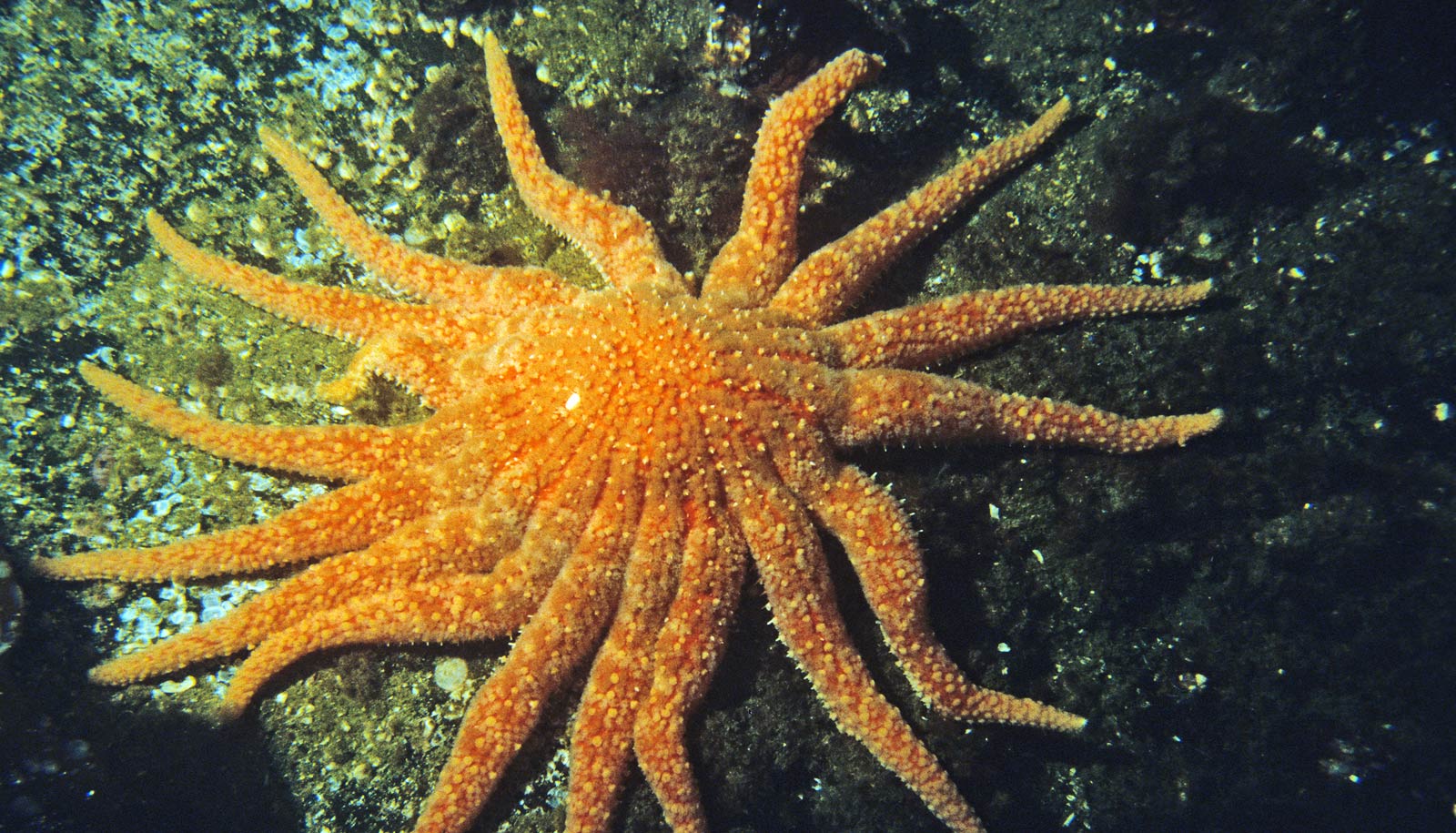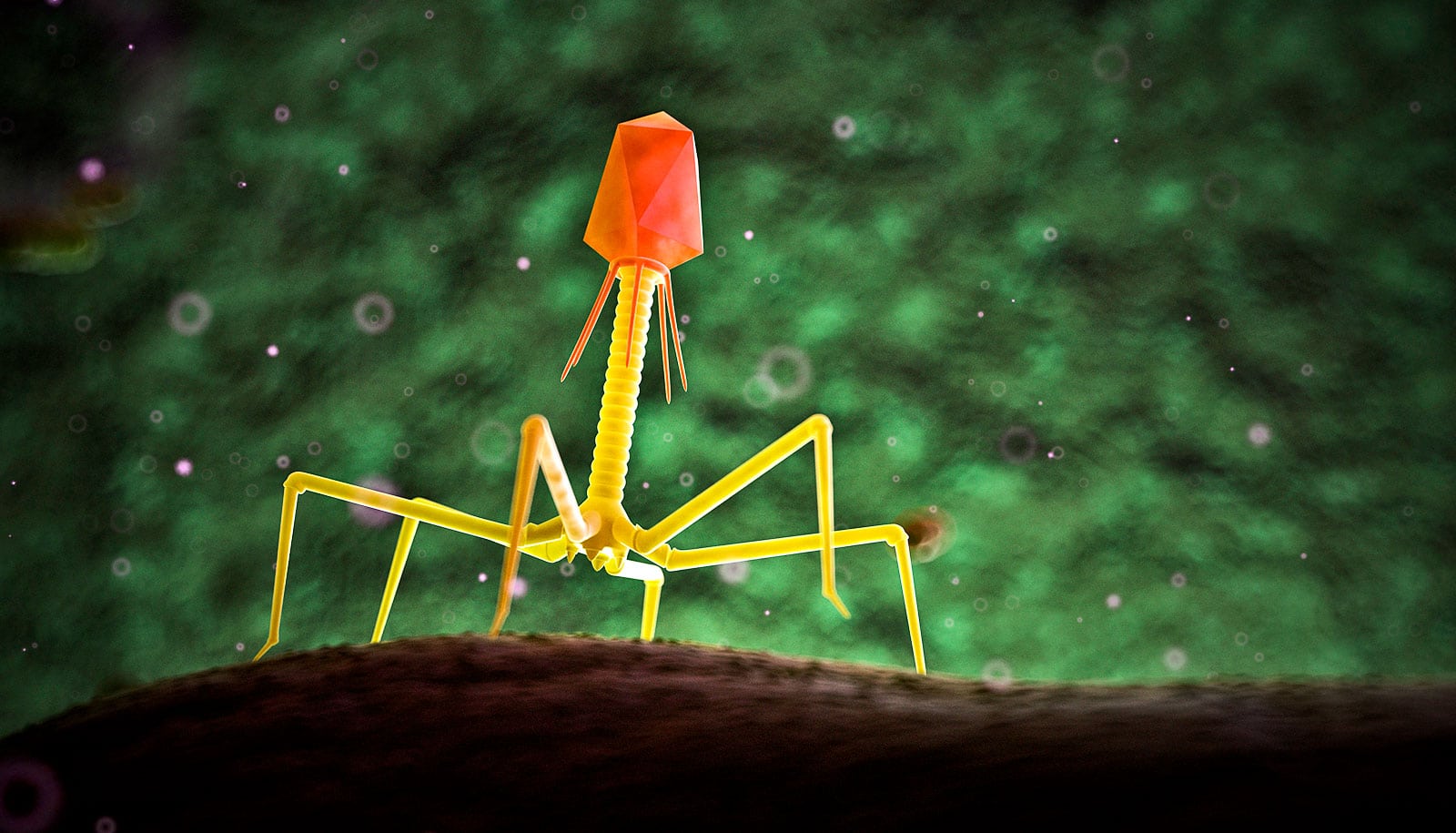Scientists are beginning to unravel the complicated connections among viruses, the environment, and wasting diseases among sea stars in the waters of the Pacific Northwest.
As ocean temperatures rise and oceanic diseases proliferate, species like sea stars struggle to survive, and scientists are looking for underlying causes. To bring clarity to the sea star disease problem, the scientists propose giving the syndrome a more precise name.
Previous work suggested that sea star-associated densovirus (SSaDV) was the best candidate pathogen responsible for sea star wasting disease (SSWD) among about two dozen species affected by it. But researchers noticed viruses didn’t correlate in some hard-hit species.
“Disease among sea stars is likely caused by multiple factors, not just one factor like SSaDV or rising temperature,” says Ian Hewson, associate professor of microbiology at Cornell University and lead author of the paper in Frontiers in Marine Research.
“The disease is actually multiple diseases. That makes it a lot more complicated to explain than if it were simply one virus–like SSaDV–coming along or water temperature increasing by way of climate change.”
A new name
Sunflower sea stars—whose 16 to 24 arms exceed 3 feet long—were once prolific throughout the Salish Sea, which borders Washington state and Canada’s British Columbia. In 2013-14 wasting disease decimated their population.
Researchers suggest renaming the wasting disease “Asteroid Idiopathic Wasting Syndrome” because the term correlates with an array of symptoms, “which is more correct for describing this situation, as there are likely multiple diseases present,” Hewson says.
The wasting disease appears to have mostly run its course, he adds. “It has been waning in recent years and is currently present at low levels. The ultimate consequence of the disease is that there has been a huge reduction in sunflower stars and a few other large starfish species.”
Divers find more sea stars dying from virus
Other sea stars appear to have been less affected, if at all, based on surveys by other researchers, Hewson says.
Top predators
“The loss of very large starfish, like the sunflower stars, which are top predators in their ecosystems, has caused a shift in the abundance of their prey—urchins and other small invertebrates—for awhile. We don’t expect the sunflowers to return to pre-disease numbers any time soon.”
The findings don’t let climate change off the hook. “Since some of those disease causes may include swings in temperature or precipitation, ultimately which may be related to climate change, we need to focus our efforts on remediating climate change,” Hewson says.
The National Science Foundation and the Atkinson Center for a Sustainable Future funded the work.
Source: Cornell University



